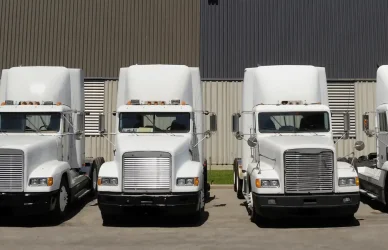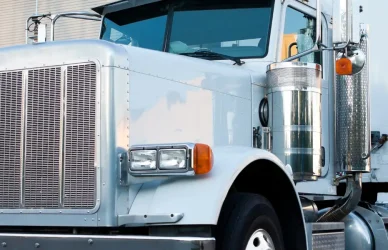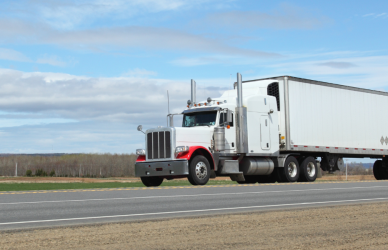The trucking industry is currently facing a unique challenge with emerging technologies and an aging truck driver population. As technology continues to transform the transportation sector, commercial trucking fleet managers must adapt to the changing landscape – and get their drivers on board as well.
Below, we’ll discuss the importance of embracing technology and provide a roadmap for fleet managers to navigate these types of transitions successfully.
Understanding the Challenge
The average age of truck drivers is steadily increasing, and this trend poses potential issues for the industry. Aging drivers may find it more difficult to adopt new technologies that have the potential to increase your operations and finances company wide. As a generation that didn’t grow in the high-tech era, new technologies can pose new challenges for older drivers. We all know that being a driver is no walk in the park though, and that all drivers are capable of learning difficult concepts and implementing them flawlessly. With this in mind, it’s important to ensure that our drivers understand the technology and are properly trained to use it with ease.
The Benefits of Technology Adoption
Integrating technology into trucking operations brings forth a host of benefits that positively impact safety, efficiency, and cost-effectiveness. Some of these advantages include:
- Improved Safety – Advanced driver assistance systems (ADAS) and collision avoidance technology can significantly reduce the risk of accidents by providing real-time alerts and assistance to drivers.
- Increased Efficiency – Utilizing GPS tracking, route optimization, and telematics solutions allows fleet managers to streamline operations, minimize downtime, and optimize fuel consumption.
- Enhanced Compliance – Electronic logging devices (ELDs) help ensure compliance with Hours of Service (HOS) regulations, reducing the risk of violations and associated penalties.
- Driver Training and Support – Virtual reality and simulation technologies enable comprehensive driver training, preparing drivers for challenging situations without risking safety.
- Cost Savings – Implementing technology can lead to reduced maintenance costs, lower fuel consumption, and better asset utilization, resulting in significant savings for fleet managers.
Addressing the Adoption Challenges
While the benefits are clear, the adoption of technology in a predominantly older workforce can present unique challenges. To navigate this transition successfully, fleet managers should consider the following strategies:
- Education and Training – Provide comprehensive training on new technologies, making sure drivers understand the value and ease of implementation. This will help alleviate any apprehensions and resistance to change.
- User-Friendly Interfaces – Choose technology solutions with user-friendly interfaces and intuitive designs, reducing the learning curve and increasing driver acceptance.
- Gradual Implementation – Introduce technology incrementally, allowing drivers to adjust and adapt gradually. Piloting new systems on a small scale can help identify and address concerns before full deployment.
- Listen to Driver Feedback – Actively seek input from drivers regarding technology implementation, challenges faced, and suggestions for improvement. This fosters a collaborative atmosphere and ensures technology aligns with drivers’ needs.
- Support and Resources – Provide ongoing technical support and resources to drivers as they integrate technology into their daily routines. This support system will bolster confidence and encourage usage.
Embracing a Tech-Centric Future
As the commercial trucking industry embraces the digital era, fleet managers must commit to a tech-centric future. By creating a culture that values innovation and continuous improvement, companies can attract and retain skilled drivers while gaining a competitive edge in the market.
The integration of technology within the commercial trucking industry is no longer an option but a necessity. Fleet managers must recognize the potential challenges of an aging truck driver population and actively invest in technology to ensure a sustainable and efficient future. By prioritizing safety, efficiency, and driver support, fleet managers can successfully navigate this journey while preparing their companies for continued growth and success in the years to come.











